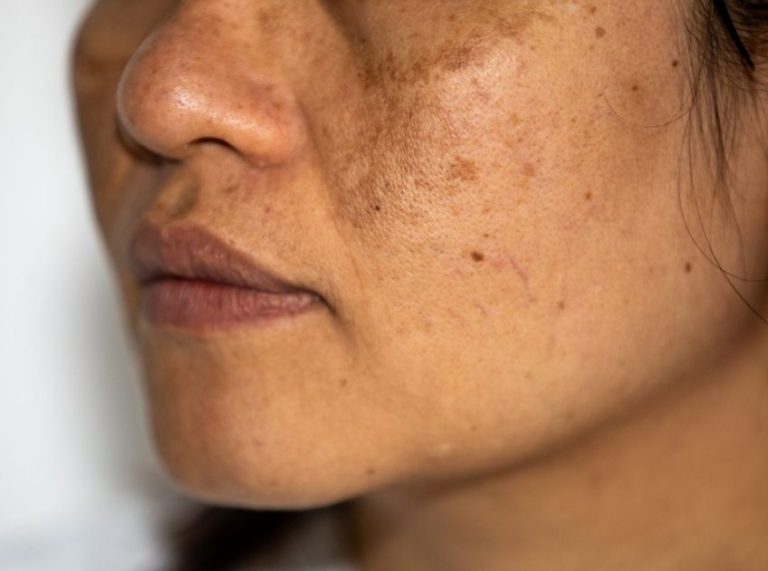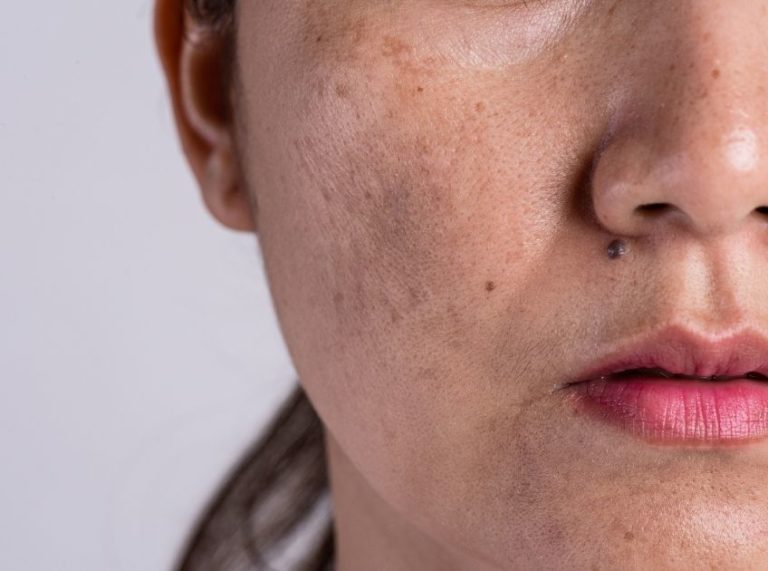
Important: This article is for informational purposes only. Please read our full disclaimer for more details.
Face washes are believed to remove dirt, dust, and excess oil from the skin. However, sometimes, these products do more than they are believed to do. For instance, some cleansers also address certain skin concerns and work wonders to give healthy and radiating skin.
The world of cleansers contains different types of face wash. From gel and foaming to creamy, you can find multiple options, and this is where all the confusion begins. For people with skin conditions, it becomes difficult to decide between gel vs foaming face wash.
If it concerns you too, this article will help you understand the basic differences between them. Keep reading!
Difference Between Gel Face Wash and Foaming Face Wash
Gel Face Wash

As the name indicates, these face wash have gel-like consistency. It means they are thin and slightly watery that absorbs in the skin better.
The function of the gel face wash (1) is to cleanse the skin deeply by removing sebum and excess oil, dirt and dust, makeup, and other impurities. At the same time, they ensure that they do not strip the natural moisture of the skin.
Features of Gel Face Wash
- Formulated for gentle cleansing: The formula of gel face wash is mild which means it stays gentle on the skin; thus, suitable for all skin types. It doesn’t cause skin irritation or excessive dryness.
- Contains ingredients for effective cleansing: Even though gel face wash contains mild ingredients, they are strong enough to dissolve impurities present in the skin and remove them effectively from skin’s surface. The skin feels fresh and clean after using them.
- Hydrates the skin: The thin consistency and lightweight texture of gel face wash ensures that your skin won’t get dry. Also, these cleansers contain ingredients like glycerine and hyaluronic acid that retain the skin’s moisture, ensuring it stays soft and supple after every wash.
- Versatile: You can find gel face wash in different formulations. At the same time, they may contain additional ingredients to address different skin concerns. You may find ingredients like exfoliants, acne-fighting ingredients, or antioxidants that offer additional benefits.
Foam Face Wash

Foaming face wash (2) produces a foamy lather when used with water and applied on the face. The consistency of foaming face wash is light and airy. The function of the foaming face wash is also to cleanse the skin by removing dirt, oil, makeup, and impurities from the skin’s surface.
Features of Foaming Face Wash
- Effective cleansing: The presence of surfactants in foaming face wash helps to remove dirt and dust, extra oil and sebum and other impurities after dissolving them. Once dissolved, the impurities become easy to rinse off.
- Refreshing: The typical foaming action of these cleansers gives a refreshing experience after every wash. It makes the skin clean and revitalized.
- Controls oil: The thorough cleansing action of foaming face wash helps to remove the oil from the skin gently. It unclogs the clogged pores and thus helps to control acne breakouts.
- Easy to use: Foaming face wash instantly forms lather with water and are therefore easy to use. The gentle formula of the product keeps the skin clean and refreshingly good.
Below is the table differentiating gel vs. foaming face wash under different heads for better understanding-
| Feature | Gel Face Wash | Foaming Face Wash |
| Consistency | Gel-like consistency, typically thicker | Light, airy foam consistency |
| Texture | Smooth and slick | Bubbly and light |
| Formulation | Often contains moisturizing ingredients | May contain stronger cleansing agents |
| Cleansing Power | Effective in removing dirt and oil | Also effective in removing dirt and oil |
| Skin Type Suitability | Suitable for most skin types, including dry and sensitive | Suitable for most skin types, can be drying for sensitive or dry skin |
| Usage | Applied directly to damp skin and massaged in | Dispensed as foam, applied to damp skin and massaged in |
| Lathering | Minimal lathering, if any | Produces rich lather |
| Moisturizing | Provides some hydration, but typically less than foaming | May strip natural oils, can be drying if not formulated for moisturizing |
| Sensation | Can leave skin feeling refreshed and clean | Can leave skin feeling deeply cleansed but potentially dry |
| Common Ingredients | Aloe vera, glycerin, hyaluronic acid | Sodium lauryl sulfate, coco betaine, glycerin |
| Fragrance | Often lightly scented or unscented | Can be scented or unscented depending on formulation |
| Price | Can vary widely, typically mid-range | Can vary, but often mid to high range |
Conclusion
When it comes to choosing the right face wash, its ingredients play a major role. While some face wash only contains surfactants that remove surface impurities, others can address skin concerns, too.
So, first of all, you need to know your skin type and, secondly, what common skin issues you face. People with dry skin should pick a face wash with hydrating properties so that cleansing doesn’t make their skin dry. Likewise, those with sensitive skin (3) should opt for a face wash that has gentle and mild ingredients.
Image Source : canva
Related Articles
- The 15 Best Face Washes for Acne
- 7 Best Face Washes For Psoriasis
- Best Face Wash-Multi Vitamin Facial Cleanser Review
- 5 Best Homemade Face Wash Recipes for All Skin Type
- Brickell Men’s Clarifying Gel Face Wash Review
















